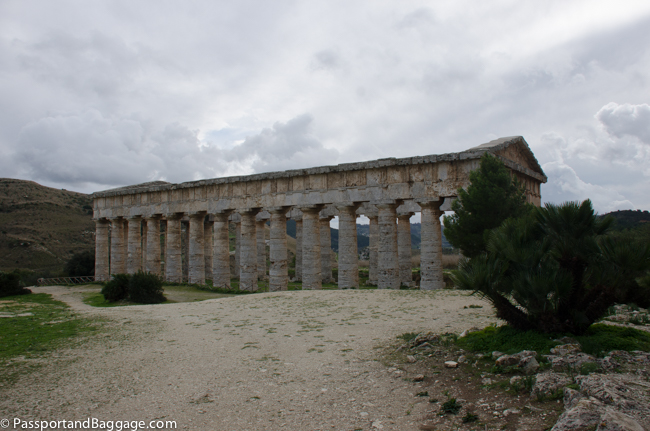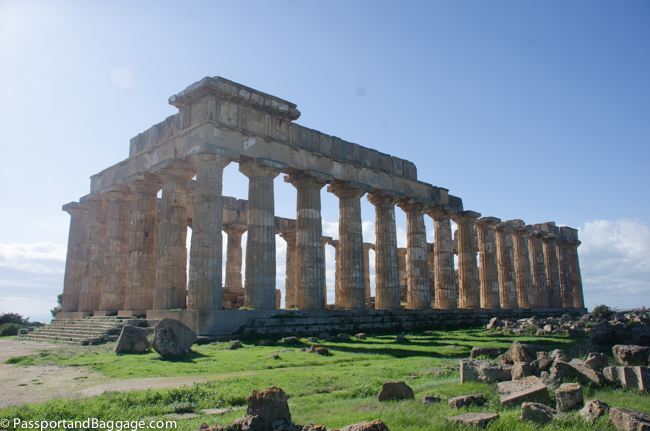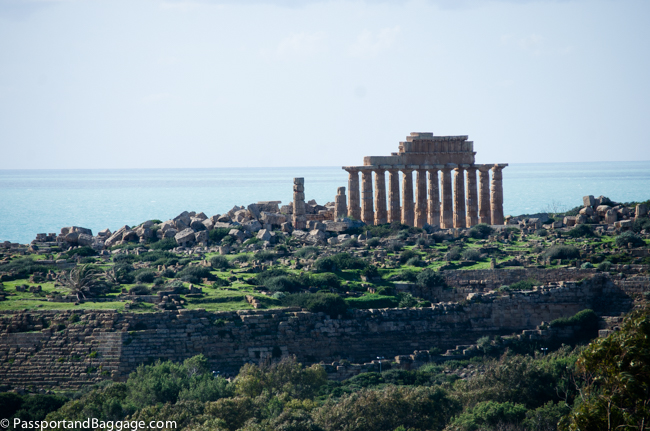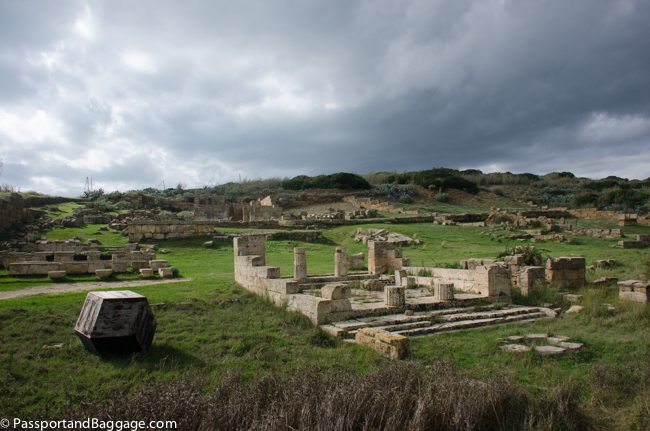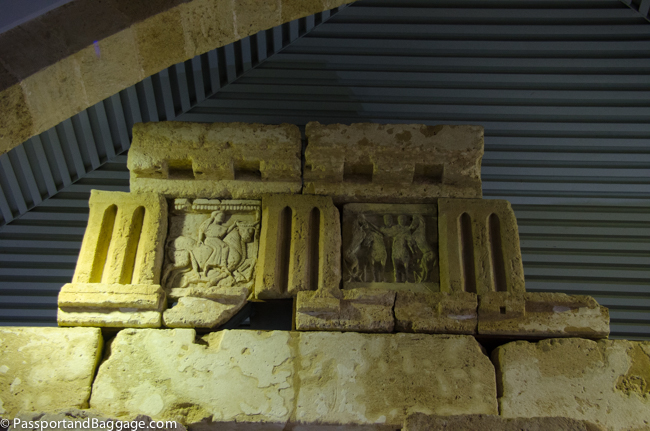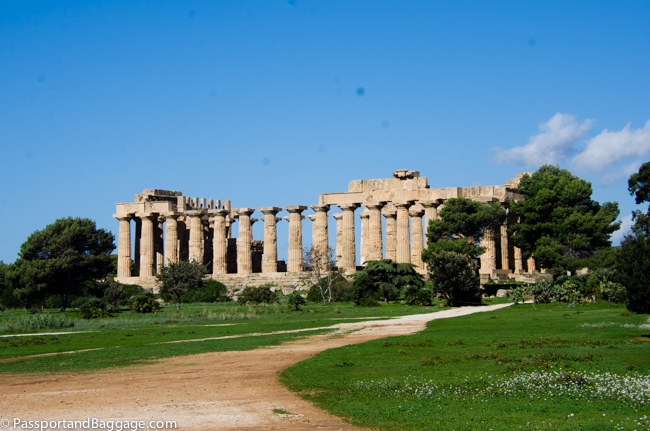February 18, 2019
The colonization of Sicily in the 8th century BCE pretty much kept the Greeks to the East and the Carthaginians. to the West, but by the 7th century BCE, the Greeks began to expand.
The Elymian, and inhabitants of Segesta were a local tribe who traced their origins to Troy. They traded peacefully with Carthage but were leery of the people of Selinunte, and by 580 BCE, small skirmishes between these two societies turned into full-blown border wars that lasted over 175 years.
Around 430 BCE the Elymian, habitants of Segesta asked for help from Carthage but it was not to be.
The situation between Segesta and Selinunte continued to deteriorate and in 426 BC, the Elymian sent emissaries to Athens with a plea for military aid. To help advance their position when asking Athens for help they began construction of a Temple of Athena to show religious alliance with Athens.
This 5th century Doric Temple was most likely designed by an Athenian architect somewhere around 420 BCE. It is comprised of 6 columns at the facades, 14 columns at the sides, triglyphs and metopes on the architrave.
However, the temple was never completed. The actual reason is not known however, lack of funds or encroaching Carthaginians is the most highly probable.
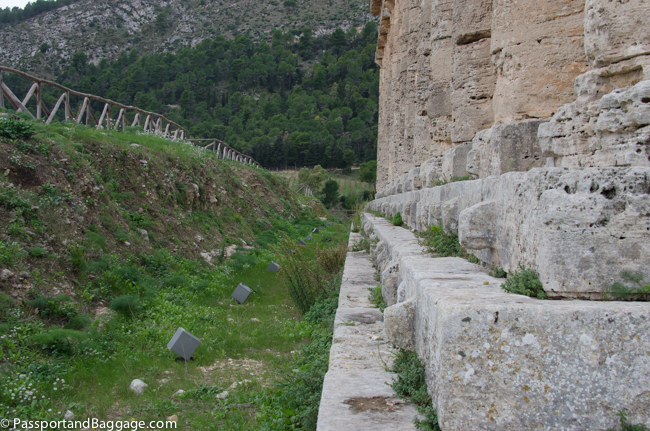
The tabs by which the stones were moved along, are still present, indicating the temple at Segesta was never finished
In 411 BCE, Segesta decided to attack Selinunte without the aid of either the Greeks or the Carthaginians and lost.
Over the years Segesta bounced between the Greeks and the Carthaginians. Eventually, the Carthaginian power became firmly established in the western portion of Sicily, with Segesta, surrounded on all sides they gradually fell into the position of a dependent ally of Carthage.
In the meantime in 409 BCE in Selinunte, over 120,000 Carthaginian troops breached their fortress walls with siege towers and destroyed the city.
Once Selinunte Greeks got their city back they repaired the fortress walls and rebuilt some of the city but it never regained its former stature.
In 250 BCE, during the 1st Punic War, the Carthaginians destroyed Selinunte again. This time to keep it out of Roman hands. The Carthaginians removed all the inhabitants of Selinunte to Lilybaeum (now the town of Marsala) and destroyed the city. It appears that it was never rebuilt.
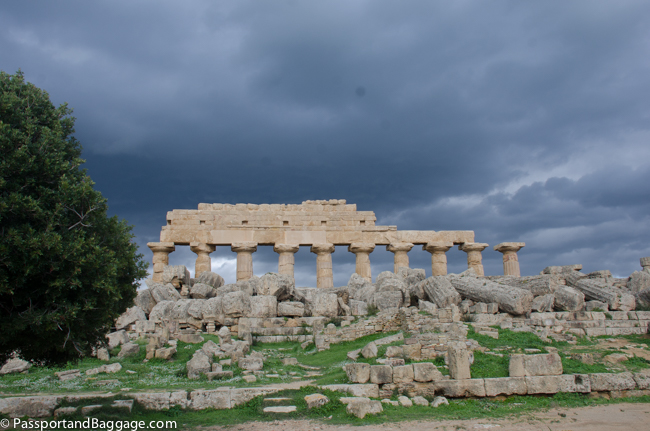 Over the centuries the Temples in Selinunte collapsed from earthquakes.
Over the centuries the Temples in Selinunte collapsed from earthquakes.
The site was rediscovered by a Dominican Monk in the 16th century and in the 1820s two British Archeologists, William Harris and Samuel Angel unearthed the first signs of a Temple. Reconstruction in the site began in the 1920s.
There is little left of Segesta, but Selinunte covers nearly 100 acres and has several sites to see.

